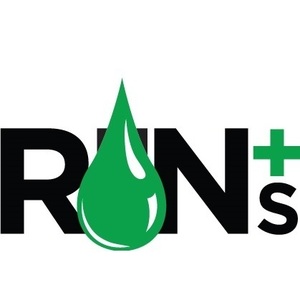EPA: 1.78 billion RINs generated in January

February 24, 2022
BY Erin Krueger
The U.S. EPA has released updated renewable identification number (RIN) data, reporting that nearly 1.78 billion RINs were generated under the Renewable Fuel Standard in January, up from 1.4 billion generated during the same period of 2021.
According to the EPA, only 110,907 D3 cellulosic biofuel RINs were generated in January, including 99,241 generated for liquefied renewable natural gas (RNG) by domestic producers and 11,666 generated for compressed RNG by domestic producers.
Advertisement
Advertisement
Nearly 354.76 million D4 biomass-based diesel RINs were generated in January, including 141.08 million generated for nonester renewable diesel by domestic producers, 135.33 million generated for biodiesel by domestic producers, 58.62 million generated for nonester renewable diesel by foreign entities, 19.05 million generated for biodiesel by importers, 643,392 generated for renewable jet fuel by domestic producers, and 37,939 generated for renewable heating oil by domestic producers.
Approximately 15.37 million D5 advanced biofuel RINs were generated in January, including 6.41 million generated for naphtha by domestic producers, 6.13 million generated for nonester renewable diesel by domestic producers, 2.51 million generated for ethanol by domestic producers, 281,372 generated for renewable heating oil by domestic producers, and 41,162 generated for compressed RNG by domestic producers.
Nearly 1.209 billion D6 renewable fuel RINs were generated in January, including 1.202 billion generated for ethanol by domestic producers, 5.68 million generated for nonester renewable diesel by foreign entities, and 1.07 million generated for ethanol by importers.
Advertisement
Advertisement
No D7 cellulosic diesel RINs were generated in January.
Additional data is available on the EPA website.
Related Stories
The U.S. Energy Information Administration maintained its forecast for 2025 and 2026 biodiesel, renewable diesel and sustainable aviation fuel (SAF) production in its latest Short-Term Energy Outlook, released July 8.
XCF Global Inc. on July 10 shared its strategic plan to invest close to $1 billion in developing a network of SAF production facilities, expanding its U.S. footprint, and advancing its international growth strategy.
U.S. fuel ethanol capacity fell slightly in April, while biodiesel and renewable diesel capacity held steady, according to data released by the U.S. EIA on June 30. Feedstock consumption was down when compared to the previous month.
XCF Global Inc. on July 8 provided a production update on its flagship New Rise Reno facility, underscoring that the plant has successfully produced SAF, renewable diesel, and renewable naphtha during its initial ramp-up.
The U.S. EPA on July 8 hosted virtual public hearing to gather input on the agency’s recently released proposed rule to set 2026 and 2027 RFS RVOs. Members of the biofuel industry were among those to offer testimony during the event.
Upcoming Events










